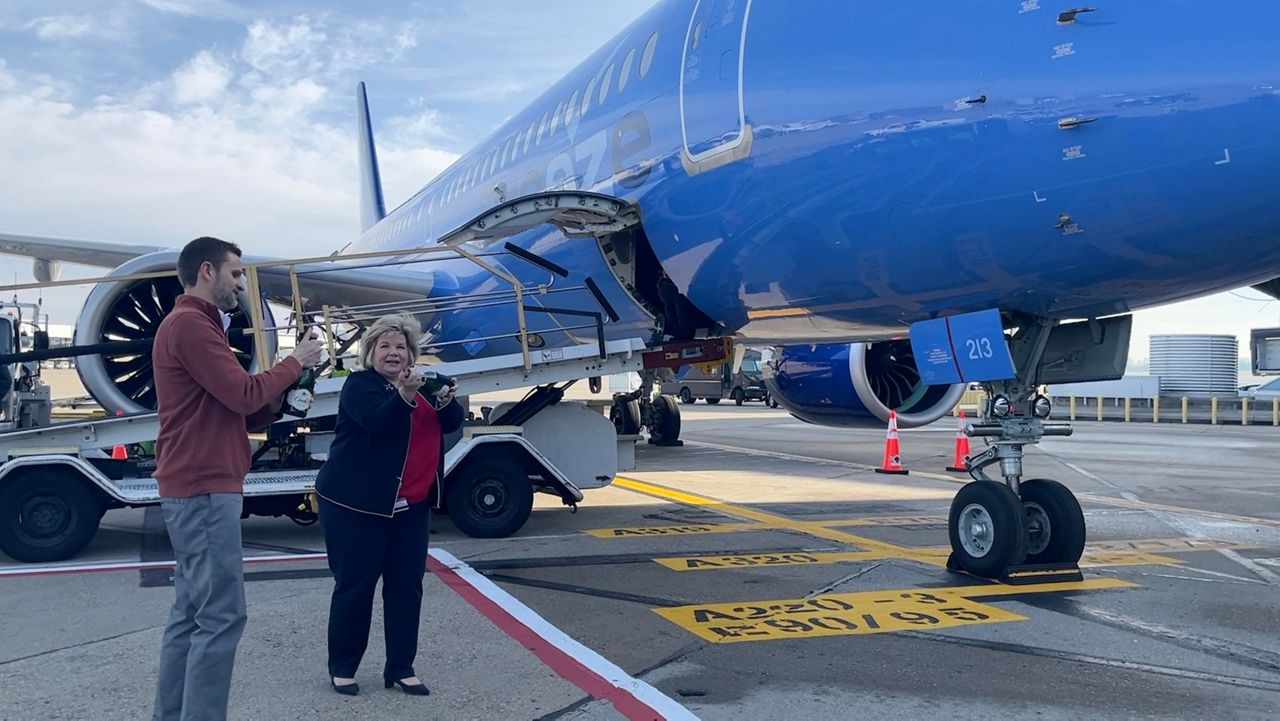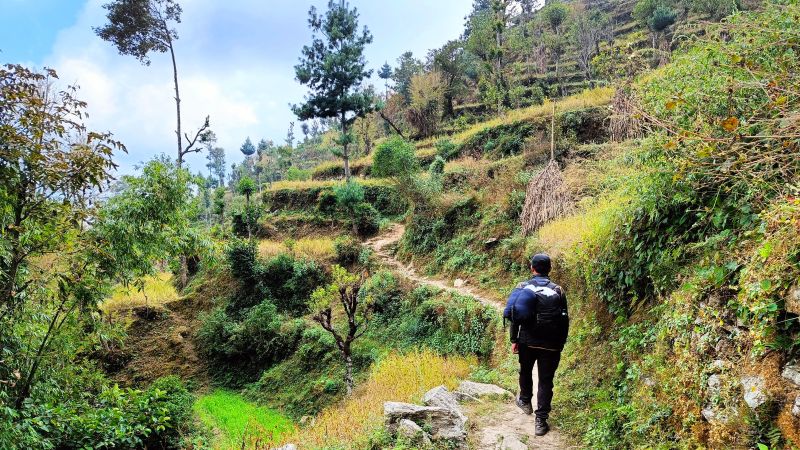
Travelers Can Stay In These Latin American Countries Without A Visa For Up To 180 Days
Last Updated
As exciting as it is, international travel is not always a breeze. There are numerous rules American citizens must observe when going abroad, including never overstaying their 90 days as tourists and ensuring they have enough blank pages on their passport booklet, but luckily, numerous destinations in Latin America have far more relaxed policies in place.
Other than exempting U.S. passport holders of visas, some even allow them to remain for up to 180 days:

Understanding The 3-Month Rule
While it’s true different countries can enact their own immigration rules, and these tend to vary, as a general rule, a majority of them grant short-term entry permits to foreign travelers, ruling that visits of up to 3 months at a time are enough for tourism. That’s applicable across a number of destinations globally, such as:
Europe’s Schengen Area, a customs union comprising 27 nations – Croatia being the latest to join – where no border checks are carried out in the context of internal travel. On the downside, an American can only be in the Schengen Area for up to 90 days out of any 180 days. Looking back during each day of their stay and calculating this period is notoriously tricky.

Elsewhere, in Australia, they are granted a 90-day entry stamp per entry within a one-year period. New Zealand, Japan, Malaysia, and countless other popular vacation spots also do not tolerate violations of the 3-month rule, making it a most followed visa-waiver policy among countries, while others are far stricter, such as Arab nations like Qatar, Oman, or Saudi Arabia, where stamps have a validity of between 14 and 30 days only.
There are, of course, exceptions to the 3-month rule, especially in Latin America (LatAm). The region is one of the least bureaucratic in the world when it comes to border management. Traveling to most LatAm spots, with a couple of infamous exceptions, Americans are not required to undergo visa applications in advance, fingerprinting on arrival, thorough questioning crossing a border, or even filling out arrival forms:
Top 5 Travel Insurance Plans For 2023 Starting At $10 Per Week

They are seen as valuable customers bringing in much-needed tourist dollars, and for the most part, they are treated as such. Perhaps for that reason, local border requirements are not nearly as cumbersome as Europe’s or Asia’s. They prefer to adopt a not-so-hard stance on immigration instead, issuing permits for double the time and even turning a blind eye to overstayers (in some cases).
Based on information available from the U.S. Department of State, the below LatAm countries allow tourism for up to 180 days or more, benefitting digital nomads and slow travelers alike:

Mexico
180 days upon arrival
The go-to destination for Americans going on a sunny break, Mexico grants non-migrant entry permits for up to 180 days. Recently, authorities also opened e-Gate lanes in all of the main entry points to best accommodate international arrivals, but most importantly, screen American visitors much faster, making Mexico the most receptive hub in LatAm.
Peru
30 to 183 days (at the discretion of the border officer)
According to the U.S. Department of State, the Incan heartland of Peru allows U.S. citizens a 30 to 183-day séjour, though the actual length is determined at the border by immigration officers based on a number of factors, such as a traveler’s own intended period of stay, and their own assessments of one’s intentions when entering Peru. Extensions beyond 183 days are ‘usually not approved,’ and overstayers are routinely fined.

Colombia
90 days + renewable for a further 90 upon application
Traveling to Colombia, Americans have a 90-day period to remain as tourists in the country, landing at Bogota, Medellin, Cartagena, or any other international arrival point. Before it expires, however, they may request an additional 90 days at a Colombian Immigration Office.
Those residing in the country for six months without having applied for an appropriate permit in advance or who have failed to apply for a tourist visa extension while in Colombia will not be allowed to leave until they pay a fine.
Chile
90 days + extendable for 90 more upon payment of a fee
The most developed country in the Global South, Chile is one of the most expensive South American countries to visit, and when it comes to handling borders and immigration, especially extending visas, it couldn’t be any different: Americans are automatically eligible for 90 days as tourists upon arrival, though a further 90-day renewal is only possible upon payment of a USD$100 fee at the Chilean Immigration Office.

Brazil
90 days + an extra 90 upon application
The largest nation in South America, Brazil has a vast territory and such cultural diversity that it cannot possibly be seen and properly experienced in between one and three months. Luckily, the Federal Police grants 90-day extensions to American tourists as long as the maximum period of stay does not exceed 180 days per year.
When planning to stay longer, they are advised to apply for a residence permit or, when working remotely, a Brazilian Digital Nomad Visa.
Panama
180 days at entry
Americans can stay in Panama for 180 days on a tourist visa. The country also offers a digital nomad visa that allows stays for up to 9 months, and the visa is extendable.

El Salvador
180 days at entry
El Salvador is the latest to have relaxed entry rules in a bid to boost its own economic growth. Previously, U.S. citizens, along with other foreign nationals, were eligible to travel to El Salvador as tourists for 90 days only. Now, the Government has extended it to a further 90.
El Salvador Is The Latest To Increase The Tourist Visa Limit

President Bukele hopes the move will encourage more visitors to travel to the Central American nation, especially after the local tourism sector experienced two years of stagnation as a result of the COVID pandemic. According to the World Travel and Tourism Council, it is one of the main contributing factors to the GDP, employing hundreds of thousands of people.
It is also set to increase the country’s competitiveness in the region, bringing its visa rules in line with other popular LatAm countries like Mexico, where the 180-day rule is already enforced. At last, El Salvador is not at a disadvantage with its neighbors, giving Americans who want to take it slow as they explore its natural wonders some peace of mind.

Ahead of booking tickets, travelers are advised to check COVID entry requirements for individual destinations in Latin America, seeing that a majority has not yet fully opened for the unvaccinated.
Traveler Alert: Don’t Forget Travel Insurance For Your Next Trip!
↓ Join Our Community ↓
The Travel Off Path Community FB group has all the latest reopening news, conversations, and Q&A’s happening daily!

SUBSCRIBE TO OUR LATEST POSTS
Enter your email address to subscribe to Travel Off Path’s latest breaking travel news, straight to your inbox
This article originally appeared on TravelOffPath.com





